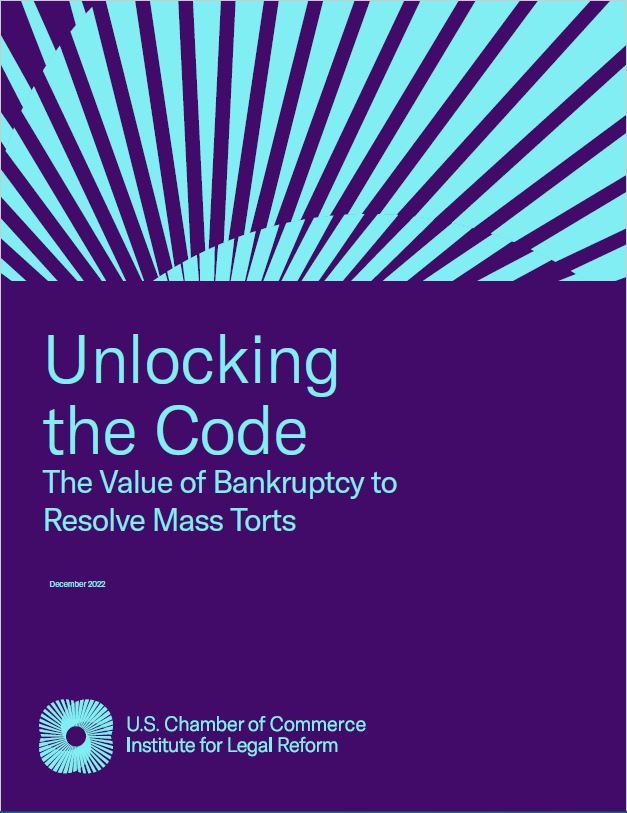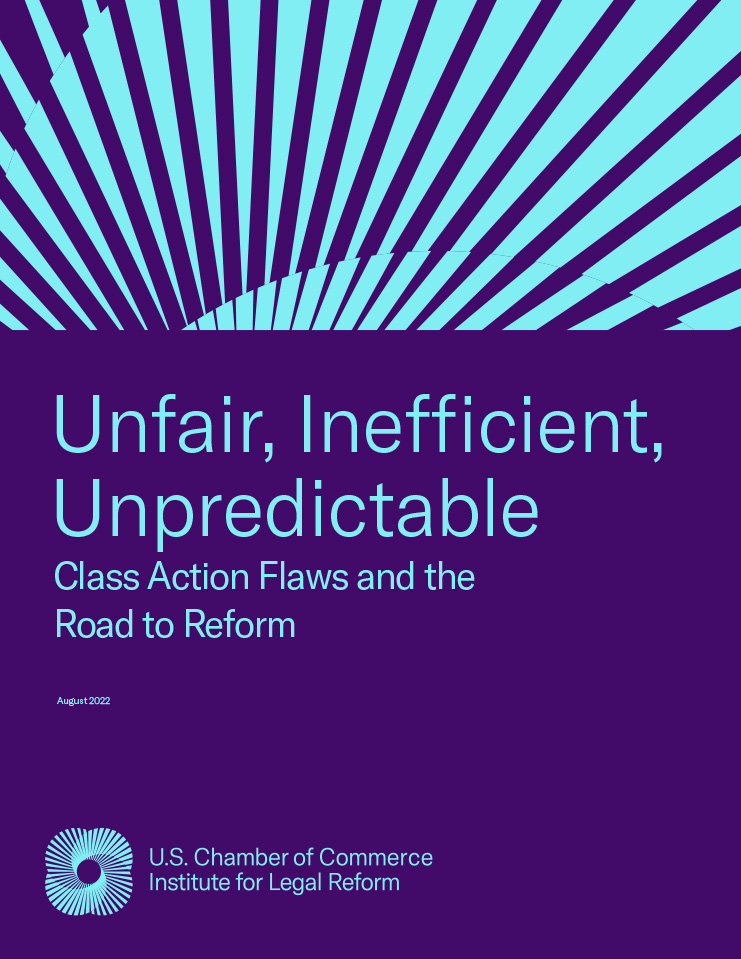In the 1990s, most securities class action litigation took the form of so-called “stock-drop” suits. Alleging little more than an unexpected drop in company stock, plaintiffs’ lawyers were racking up serial settlements from companies who wanted to avoid expensive litigation. Congress attempted to put a stop to this with the Private Securities Litigation Reform Act of 1995—but the plaintiffs’ bar found a workaround.
Over the last five years, securities class actions have evolved and accelerated. Rather than directly targeting the stock price, plaintiffs’ lawyers are pursuing two new lines of attack:
(1) lawsuits objecting to mergers and acquisition deals, which targeted 85 percent of M&A deals worth more than $100 million last year and resulted in two thirds of all payments going to lawyers; and
(2) lawsuits alleging that companies defrauded investors by concealing the chance of an adverse event that caused a drop in share price. Eighty-eight lawsuits of this kind were filed last year, a 225% increase over 2012.
This research provides up-to-date analysis of the scope and impact of these lawsuits, explains how the plaintiffs’ bar has taken control of litigation out of the hands of the actual plaintiffs, and suggests legislative solutions to reverse this skyrocketing litigation trend.
The research study contends that Congress should enact reforms to:
- Deter the filing of meritless cases and encourage the filing of cases involving real fraud;
- Ensure that cases are brought because investors injured by fraud seek redress, not because plaintiffs’ lawyers need more cases to pressure defendants into unjustified and unwarranted settlements; and
- Prohibit abusive practices that undermine the ability of parties and the courts to address the merits of securities class action claims.


